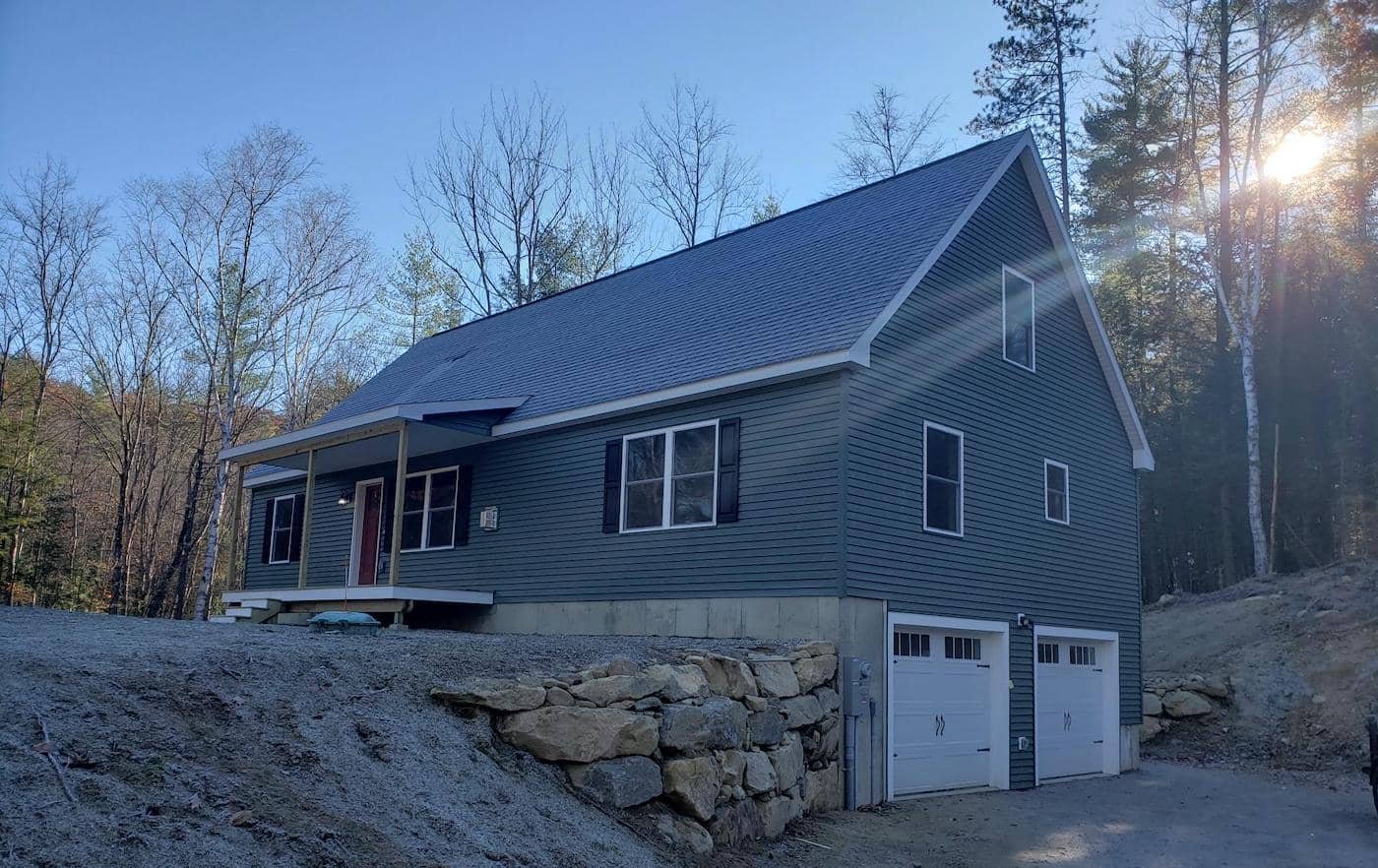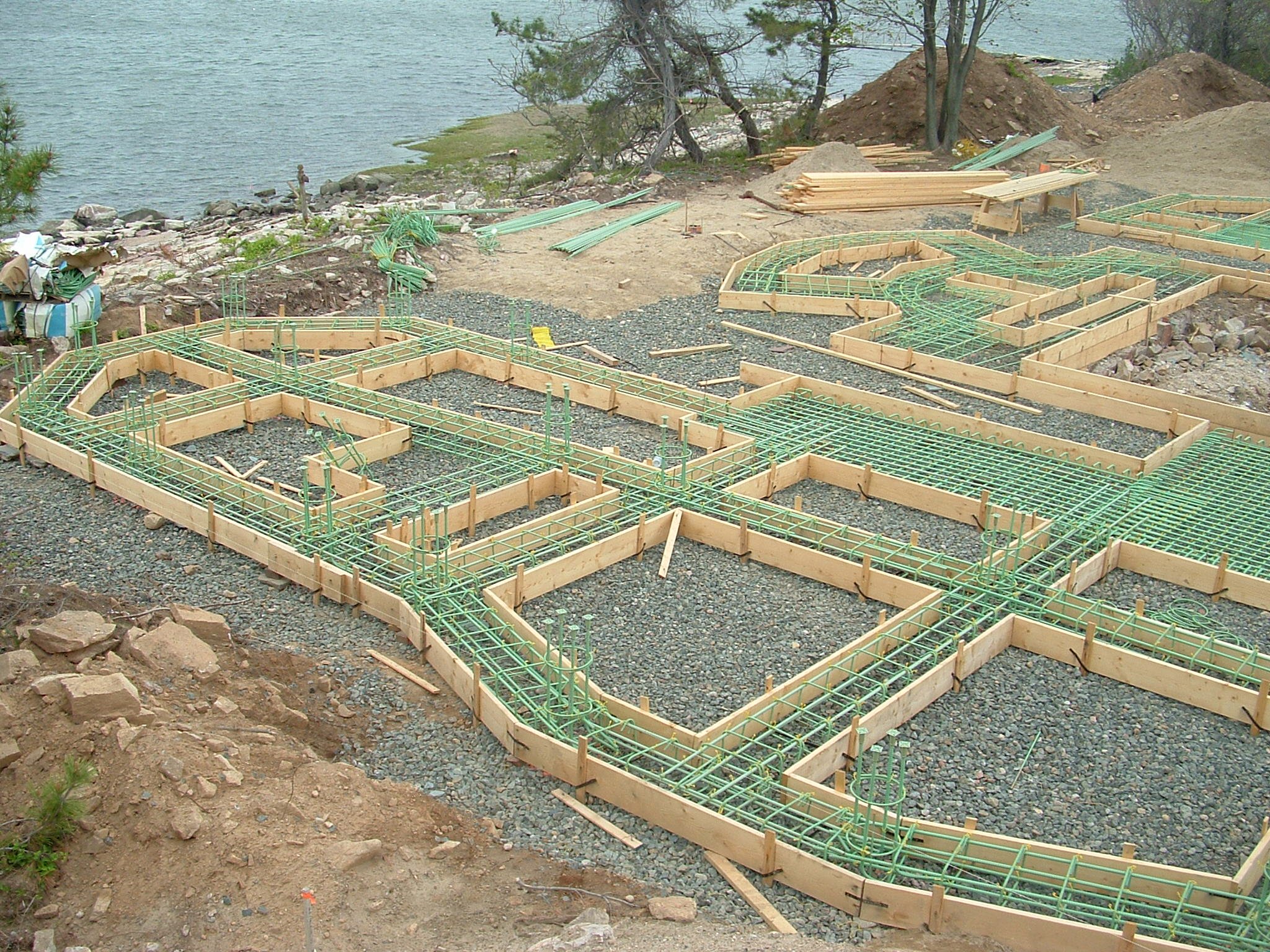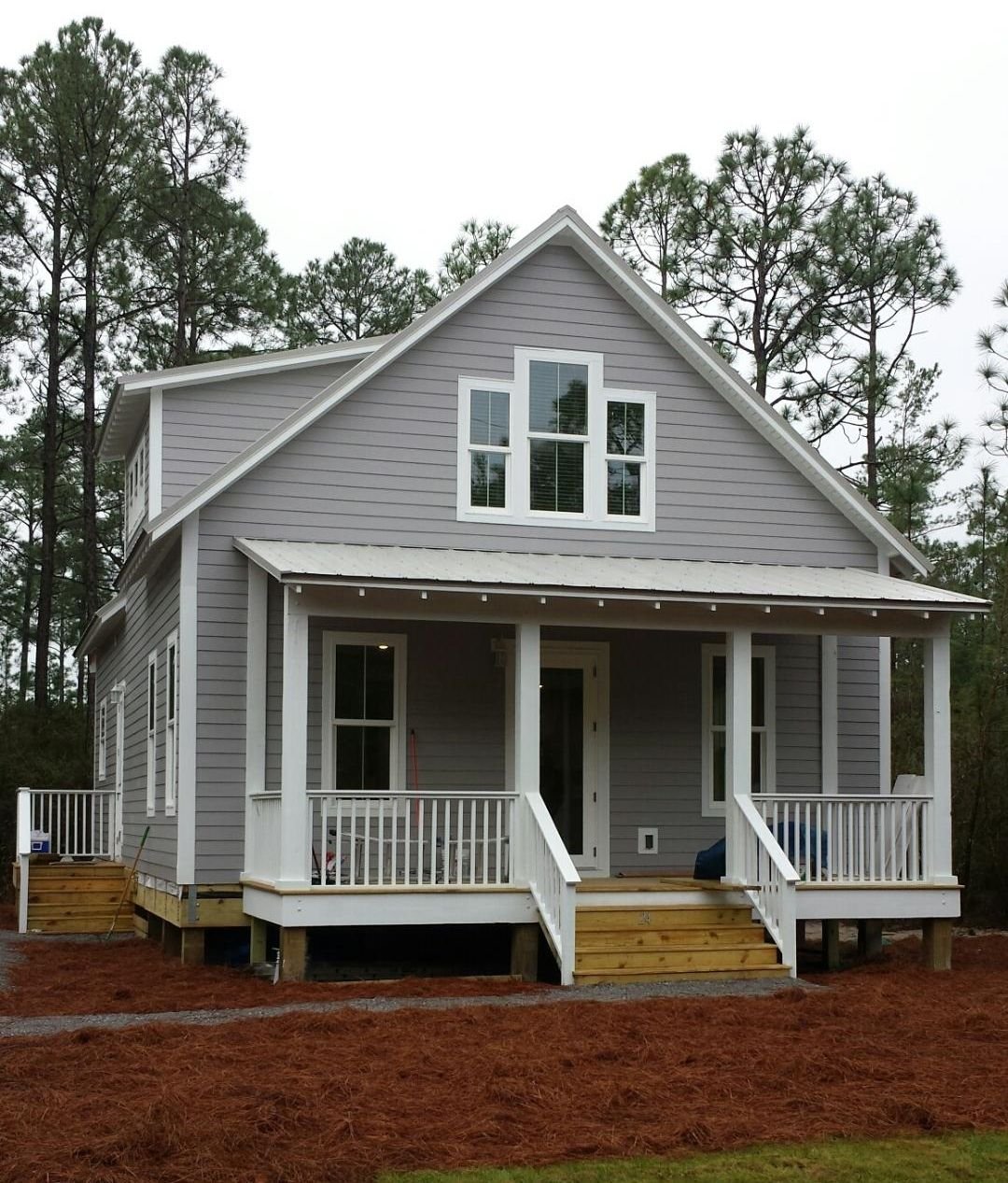**Are Modular Homes Safe in Storms: Uncovering the Truth** – Florida residents have a particular interest in the ability of modular homes to withstand severe weather conditions due to the frequency and intensity of storms in the region. This article will explore the structural design principles and construction methods employed in modular homes to ensure their safety during hurricanes and other extreme weather events, as outlined by FEMA guidelines.
Key Takeaways:
- Modular homes have enhanced weather resistance due to their secure foundation and advanced construction techniques.
- Research has shown that modular homes have high resilience against hurricanes and tornadoes.
- They are often as safe as traditional homes in storm conditions.
Are Modular Homes Safe in Storms?

When it comes to modular homes, the question of safety in storms is often raised. These homes, built in sections and then assembled on-site, have gained popularity due to their efficiency and affordability. But are modular homes safe in storms?
The answer is a resounding yes. Modular homes are designed with the ability to withstand severe weather conditions. They are built with sturdy frames and materials that meet building codes for hurricane and tornado resistance. In fact, studies have shown that modular homes can outperform traditional homes in these storms.
How are Modular Homes Made Storm-Worthy?
-
Strong Foundations: Modular homes are anchored to concrete foundations, providing a solid base to prevent wind damage.
-
Precision Engineering: Advanced construction techniques ensure precise assembly, creating a weathertight and structurally sound home.
-
Impact-Resistant Materials: Roofing, siding, and windows are made from impact-resistant materials, minimizing damage from windborne debris.
Advantages of Modular Homes in Storms
-
Fixed to the Ground: Unlike mobile homes, modular homes are permanently fixed to the ground, reducing the risk of being overturned by wind.
-
Engineered for Safety: They are designed to meet strict building codes for wind and tornado resistance.
-
Strength and Durability: Modular homes are built with durable materials and reinforced with steel frames, making them resistant to high winds.
-
Weatherproofing: Precision construction techniques create weathertight homes, preventing water damage from rain and wind.
Conclusion
Are modular homes safe in storms? Absolutely. These homes are engineered and built to withstand severe weather conditions. Their sturdy construction, advanced materials, and secure foundations make them a safe choice for coastal areas and regions prone to hurricanes and tornadoes.
If you’re considering a metal building home, explore our comprehensive guide to discover if they are truly more cost-effective than traditional homes: are metal building homes cheaper.
For pet owners seeking a healthier alternative for their furry friends, our balanced homemade dog food calculator provides a step-by-step guide to creating nutritious and customized meals.
Craving a homemade pizza but want to achieve that perfect crust? Our in-depth guide, baking homemade pizza in convection oven, offers expert tips and techniques to elevate your culinary skills.
Are Modular Homes Safe In Storms Florida

As a building safety expert, I’ve closely followed the evolution of modular homes and their resilience in storms. Here’s what you need to know about their safety in Florida:
Key Takeaways:
- Modular homes meet the same building codes as traditional homes, ensuring they can withstand hurricane-force winds.
- Their factory-controlled construction process ensures precise assembly and reduces structural weaknesses.
- Stronger materials and advanced engineering make modular homes inherently more robust.
- Research shows they perform better than conventional homes in extreme weather events.
Construction Advantages:
Modular homes are built in controlled factory environments, allowing for precise engineering and quality control. This leads to:
- Sturdy Frames: Steel or engineered wood frames provide a solid foundation for the home.
- Precise Assembly: Factory-controlled assembly minimizes construction errors and ensures proper connections.
- Advanced Materials: Engineered materials, such as steel reinforcements and impact-resistant windows, enhance durability.
Storm-Resistant Features:
To meet Florida’s stringent building codes, modular homes are designed with specific storm-resistant features:
- Reinforced Foundations: Homes are securely anchored to concrete slabs or pilings for stability.
- Upgraded Roofing: Hurricane-rated roofs protect against wind and debris.
- Impact-Resistant Windows: Windows withstand high-velocity winds and flying objects.
Performance in Real-World Storms:
Studies have demonstrated the strength of modular homes in real-world storms. FEMA reported that modular homes outperformed traditional homes in a Category 4 hurricane.
Conclusion:
Modular homes are safe in storms in Florida. Their controlled construction, reinforced structures, and storm-resistant features make them well-suited to withstand hurricane-force winds. When considering your housing options, modular homes offer a combination of safety, durability, and energy efficiency in storm-prone areas like Florida.
Citations:
- Are Manufactured Homes Safe in Florida?
- Why FEMA Says Modular Homes Are Safer
FAQ
Q1: Are modular homes safe in storms and hurricanes?
A1: Yes, modular homes are designed to withstand high winds and hurricanes. Research and reports from FEMA indicate that modular homes perform better than traditional housing in severe weather conditions due to their sturdy construction methods and secure foundations.
Q2: What specific design features contribute to the storm resistance of modular homes?
A2: Modular homes are built with advanced cutting and joining techniques in controlled factory environments. These homes feature secure foundations that minimize the risk of wind damage and employ high-quality materials and components, resulting in weathertight and structurally sound structures.
Q3: How do modular homes compare to traditional site-built homes in terms of storm resistance?
A3: Modular homes are generally considered to be equal to or better than site-built homes when it comes to storm resistance. They undergo rigorous factory inspections and meet the same building codes as traditional homes, demonstrating their ability to endure severe weather events.
Q4: Are modular homes safe in areas like Florida that experience frequent hurricanes?
A4: Yes, modular homes in Florida are specifically designed to withstand hurricane-force winds. They adhere to the stringent Florida Building Code, incorporating hurricane-resistant features to ensure the safety of residents during storms.
Q5: What are the benefits of choosing a modular home in areas prone to storms?
A5: Opting for a modular home in storm-prone areas offers several advantages. These homes provide peace of mind, knowing that they are built to endure severe weather events. Their quick and efficient construction process allows for faster recovery after a storm, minimizing disruption and providing a safe haven for families.
- Modern Backsplash Ideas: A Guide to Todays Kitchen Trends - December 18, 2025
- Ceramic Kitchen Wall Tiles: Style and Protection for Your Walls - December 17, 2025
- Kitchen tiling wall: Elevate your kitchen with stylish wall tiles - December 16, 2025









